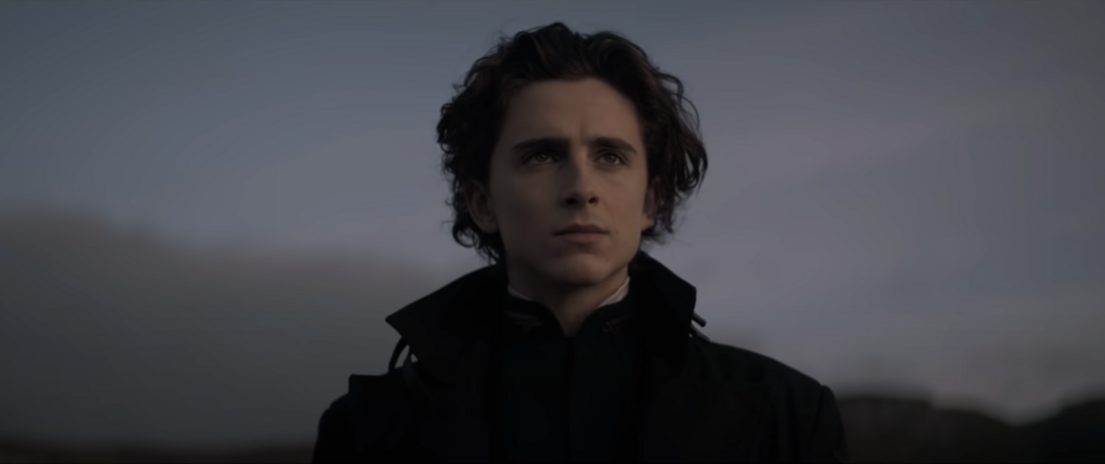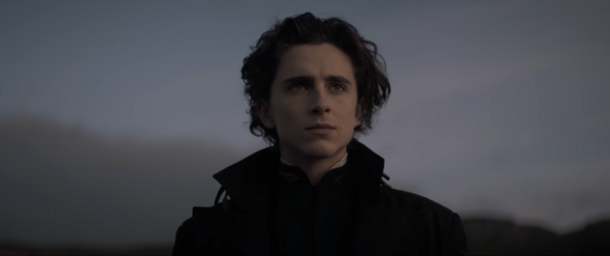In the ‘80s, the critical aspersion of David Lynch’s cinematic adaption of Frank Herbert’s sci-fi epic Dune led the literary work to be classified as “unfilmable.” Since then, the novel (which has developed a fervent fanbase following its release in 1965) has been largely absent from the silver screen other than lone attempts to conceptualize the work by John Harrison and Alejandro Jodorowsky.
Most filmmakers would not dare tackle the challenge of translating the elaborate world of Arrakis to film – but Denis Villeneuve is not one of those filmmakers.
The French-Canadian director has proved fearless in his artistic pursuits, previously spearheading a remake of Ridley Scott’s Blade Runner in 2017 with Harrison Ford reprising his role as Rick Deckard alongside Ryan Gosling. Succeeding the release of Blade Runner 2049, Villeneuve has surpassed the inveterate challenge: filming the unfilmable. Not only that, but Villeneuve’s incarnation of Herbert’s initial Dune novel succeeds in its cinematic translation by suffusing its dense lore with a sense of humanity that is often compromised in action films.
Set in the distant future, Dune comments on the nature of colonialization and environmental pillage through a narrative that centres over a coveted orange spice known as Melange. Originating from the fictional desert planet Arrakis, the spice belongs to the native Fremen people of the land. Human greed, however, takes form in the House Harkonnen who takes hold of Arrakis and its spice to harness its powers. It is then up to the House Atreides, summoned by the Padishah Emperor, to establish peace between the Fremen and the oppressive Harkonnen.
Composed of an illustrious cast, the sweeping landscapes that dazzle the screen are graced with expert performances. Timothée Chalamet cements his status as a bona fide movie star with his portrayal of the young Paul Atreides, surrounded by the likes of Charlotte Rampling, Javier Bardem, Jason Momoa, Stellan Skarsgård and Zendaya, to name a few.
At the heart, though, are the relationships depicted between Paul and his parents, Duke Leto (Oscar Isaac) and Lady Jessica (Rebecca Ferguson). A struggle of conflicting loyalties ensues as the trio are confronted by their political, religious, and familial duties. Paul finds himself entangled between the pressure of being his father’s successor and, under the training of his Bene Gesserit mother, a potential prophecy-fulfilling entity.
Villeneuve allows the audience to witness the faltering of their facades, the flesh behind the cumbersome stillsuits they bear, through the emotions they harbour. In fact, though not absent, the action in the film is rather restrained as it strikes a balance with the emphasis on character relationships.
The infamous Gom Jabbar scene is a prime example. Due to her status as a Bene Gesserit sister, Jessica must subject her son to a fatal test under the watchful eye of the Reverend Mother (Rampling). In theory, the test is simple: Paul must place his hand into a box and evade the impulses that compel him to remove it. But, within the box resides great pain that causes Paul’s hand to feel as though each nerve within its network is being burnt to a cinder. And if he removes it? The Reverend Mother poises a venomous needle known as the Gom Jabbar less than an inch from his neck warning him of his contingent death.
Paul’s emotional expression ranges from fear to agony, to restraint, to defiance within the single scene. At first stoic in the face of the Reverend Mother, Jessica’s posturing shatters as she leaves Paul to endure the lethal test. Despite her duty as a Bene Gesserit, the burden her son faces stimulates fear and guilt that overcomes her phlegmatic presentation. Action is the emotion as it establishes the intertwined relationships that Paul and Jessica find themselves beholden to.
Portraying the first half of Herbert’s novel, worldbuilding is much of the focus of the film. While the necessary exposition is substantial, Villeneuve achieves depicting the intricate world of spice, giant sandworms, and mind-control powers in a manner that is both digestible and engaging. This extends to the sweeping desert landscapes of Jordan that create the land of Arrakis. Relying as much as possible on practicality, Villeneuve rivals the CGI-driven blockbusters of modern-day.
These visual elements are then combined with sound design that resonates throughout entire screening rooms: the buzz of a dragonfly-like ornithopter sends a vibration among theatre seats while Hans Zimmers’ pulsating score enhances pivotal moments.
The challenge of conceiving a cinematic Dune was always immense. Among the spice-rich sands of Arrakis filmmakers are left to sink in its complexity. Villeneuve triumphantly transmits a vision that leaves us wanting more as we hold onto the film’s last words uttered by Zendaya’s Chani: “This is only the beginning.”
With Dune: Part Two on the horizon, audiences can only anticipate what awaits.


